L3_Airfoil Selection & Preliminary Weight Estimate
1/59
There's no tags or description
Looks like no tags are added yet.
Name | Mastery | Learn | Test | Matching | Spaced |
|---|
No study sessions yet.
60 Terms
Airfoil
a body shaped to produce an aerodynamic reaction (lift) perpendicular to its direction of motion, for a small resistance (drag) force in that plane.
physical laws
below
above
An airfoil is constructed in such a way that its shape takes advantage of the air’s response to certain _____.
This develops two actions from the air mass: a positive pressure lifting action from the air mass _____ the wing, and a negative pressure lifting action from lowered pressure _____ the wing.
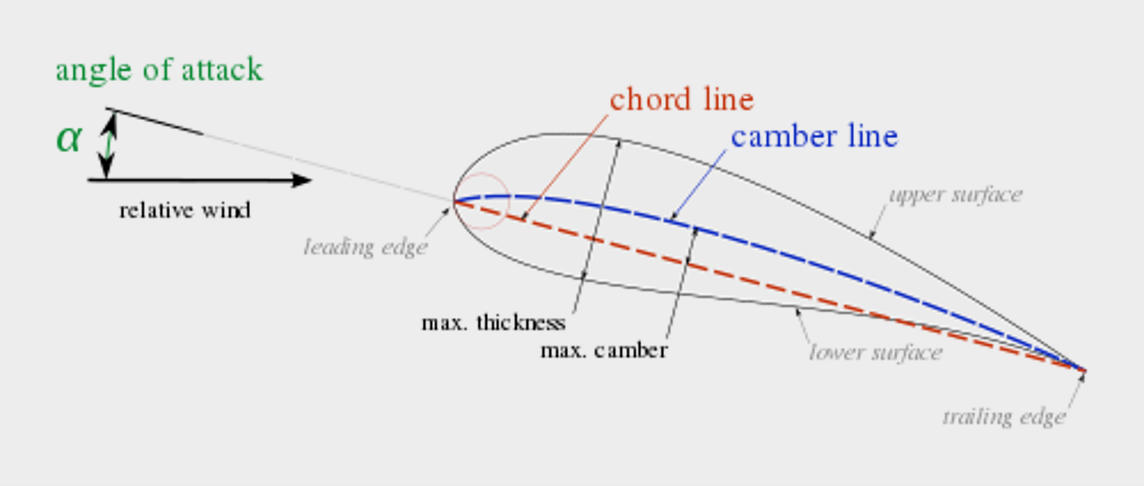
Drag
Lift-to-Drag Ratio
Thickness
Thickness Distribution
Stall Characteristics
Drag-rise behavior
6 How to Select an Airfoil
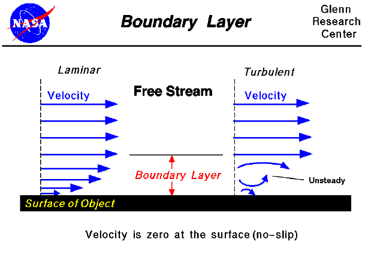
+/- 5
The drag is nearly constant at small angles (____ degrees).
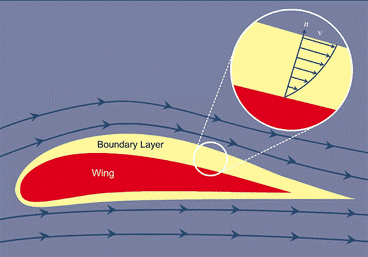
frontal area
boundary layer thickness
As the angle increases above 5 deg, the drag quickly rises because of increased _____ and increased _____.
surface
As an object moves through the air, air molecules stick to the _____.
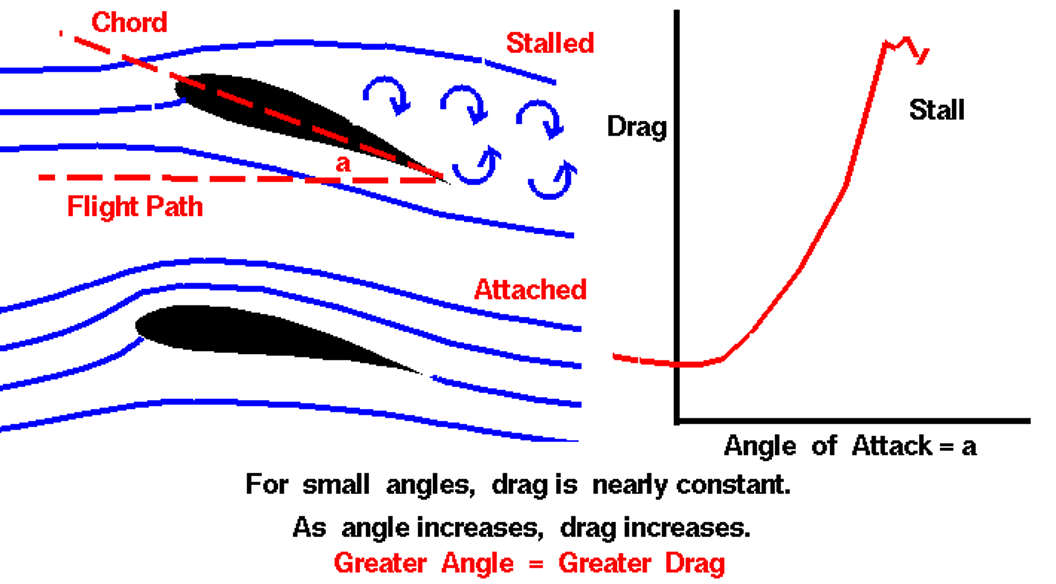
small
For _____ angles, drag is nearly constant.
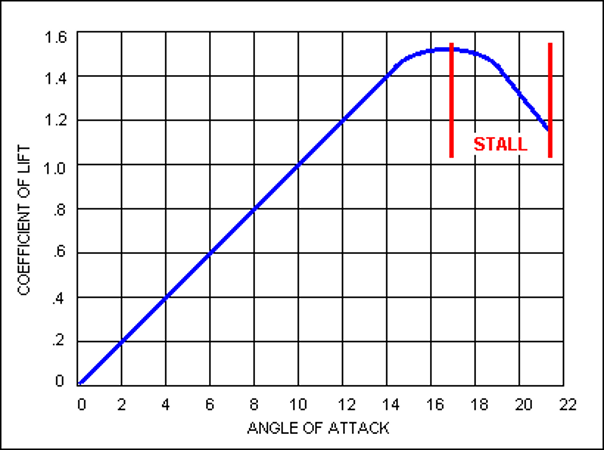
Lift to Drag Ratio (L/D)
is the amount of lift generated by a wing or airfoil compared to its drag.
Lift to Drag Ratio (L/D)
is used to express the relation between lift and drag and is determined by dividing the lift coefficient by the drag coefficient, CL/CD.
camber
The maximum distance between the two lines is called the _____, which is a measure of the curvature of the airfoil.
camber
high _____ means high curvature
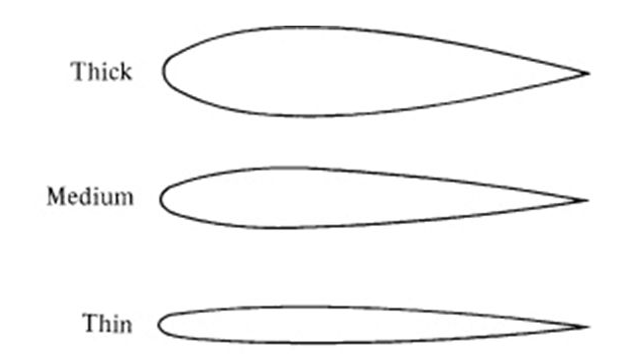
thickness
The maximum distance between the upper and lower surfaces is called the _____.
laminar bubble
By increasing the airfoil thickness, the leading edge radius increases becoming smoother, and leading the _____ to resist to full flow separation at higher angles of attack.
trailing edge flow separation
An increase in airfoil thickness causes _____.
stall
occurs when the angle of attack of an airfoil exceeds the value which creates maximum lift as a consequence of airflow across it.
boundary layer
may also separate from the body, thus creating an effective shape much different from the physical shape of the object.
stalled
This change in the physical shape of the boundary layer causes a dramatic decrease in lift and an increase in drag. When this happens, the airfoil has ____.
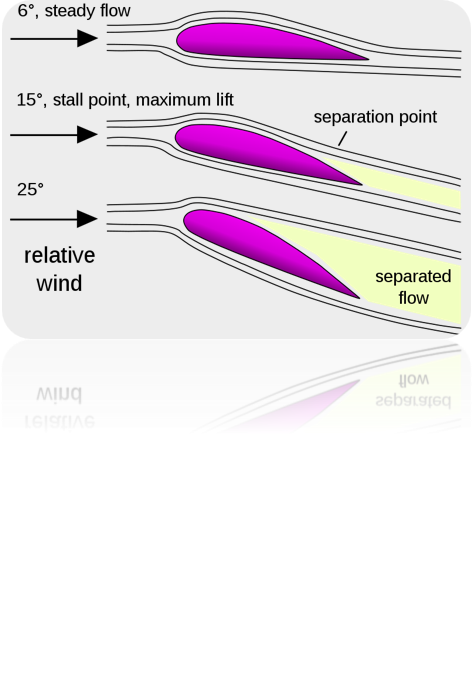
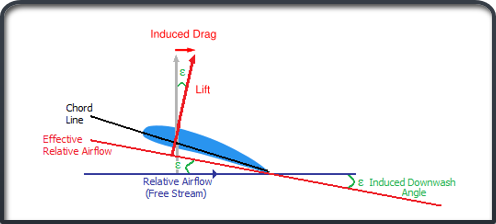
Drag-Rise Behavior
The effect is called induced drag or drag due to lift.
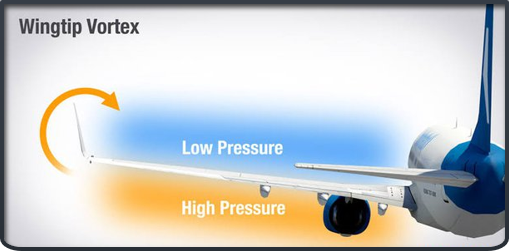
"induced" angle of attack
The flow around the wing tips of a finite wing create an _____ on the wing near the tips.
induced drag
As the angle increases, the lift coefficient increases and this changes the amount of the _____.
Camber shape and thickness distribution
affect the location of boundary layer transition and separation points, pressure distribution, stall characteristics, CLmax values, Mdd, CL/CD, etc.
Camber shape
will affect mainly angle of attack for zero lift (a0) and moment coefficient (cm).
increase
Any _____ in camber will make a0 and cm more negative.
Thickness distribution
will change the value of lift curve slope, a.c. location and center of pressure location.
leading-edge shape
has a pronounced effect on stall characteristics and on CLmax.
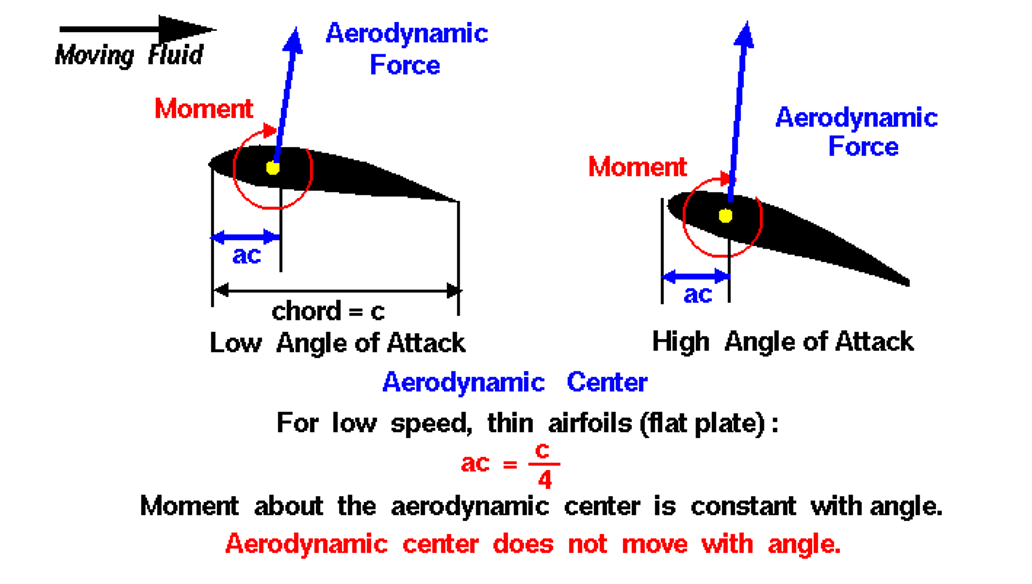
Aerodynamic Center
does not move with angle.
National Advisory Committee for Aeronautics
NACA
aircraft wings
The NACA airfoils are airfoil shapes for _____ developed by the NACA.
series of digits
The shape of the NACA airfoils is described using a _____ following the word "NACA".
parameters
The _____ in the numerical code can be entered into equations to precisely generate the cross-section of the airfoil and calculate its properties.
maximum camber 0.04c
position of camber at 0.4c from L.E.
NACA 4412
4
max. thickness 0.12c
NACA 4412
12
maximum camber 0.02c
NACA 23012
2
position of camber at 0.30/2 c= 0.15c
NACA 23012
30
max. thickness 0.12c
NACA 23012
12
series designation
NACA 653-421
6
distance of the minimum pressure at 0.5c
NACA 653-421
5
the drag coefficient is near the minimum value over a range of lift coefficient of 0.3 above and below the design lift coefficient.
6-series airfoils: Example NACA 653-421
3
design lift coefficient 0.4
6-series airfoils: Example NACA 653-421
4
max. thickness 0.21c
NACA 653-421
21
series designation
NACA 747A315
7
favorable pressure gradient on the upper surface from L.E. to 0.4c at the design lift coefficient.
NACA 747A315
4
provides the location of the minimum pressure on the lower surface in tenths of chord (70%)
NACA 747A315
7 (3rd digit)
a serial letter to distinguish different section having the same numerical designation but different mean line or thickness distribution. (Profile of airfoil)
NACA 747A315
A
design lift coefficient 0.3
NACA 747A315
3
max. thickness 0.15c
NACA 747A315
15
laminar low-drag
A five digit in the six airfoils has the revised profile, which result in a _____ “bucket”.
series designation
favorable pressure gradient 0.3c
design lift coefficient 0.4c
max. thickness 0.12c
0.8c
NACA 63-412
6: _____
3: _____
4: _____
12: _____
“A” in place of the dash shows that a section is substantially straight or both surfaces from about _____ to the trailing edge.
minimum pressure
A selection derived from an earlier profile with a different thickness ratio, but having _____ at the same chordwise station, has the lower drag range written as subscript.
NACA 64(2)-21-5
Low drag range is – or + 0.2 above and below
removal cusp
While _____ near the trailing edge of this section by straightening aft of 0.8c, would result in the re-designation:
NACA 64(2)A215
pressure gradient
The greater the extent of favorable _____ aft of the leading edge, the more adverse the gradient over the rear of the section, and the lower the maximum lift coefficient.
maximum lift coefficient
The greater the extent of favorable pressure gradient aft of the leading edge, the more adverse the gradient over the rear of the section, and the lower the _____.
aircraft gross weight (also known as the all-up weight and abbreviated AUW)
is the total aircraft weight at any moment during the flight or ground operation.
aircraft's gross weight
will decrease during a flight due to fuel and oil consumption.
empty weight
is the weight of the aircraft without including passengers, baggage, or fuel.
Standard empty weight
usually includes unusable fuel, full operating fluids, and full engine oil.
Useful load
is the weight of the crew, passengers, baggage, usable fuel and drainable oil.
Useful load
this can be found by subtracting the basic empty weight from the maximum allowable gross weight.
Payload
is the carrying capacity of an aircraft or launch vehicle, usually measured in terms of weight.
payload
Depending on the nature of the flight or mission, the _____ of a vehicle may include cargo, passengers, flight crew, munitions, scientific instruments or experiments, or other equipment.